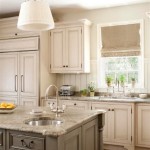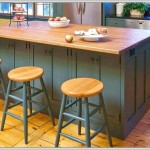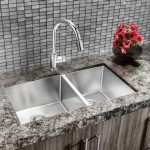Slate kitchen floors provide a stylish, modern look for any home. They are a durable, natural stone that can easily withstand the wear and tear of everyday life. Slate floors are also easy to clean and maintain, making them an ideal choice for any kitchen. In this article, we’ll discuss the benefits of slate kitchen floors, the different types of slate available, and the best installation methods for this type of flooring. Read on to learn more about slate kitchen floors!
Benefits of Slate Kitchen Floors
Slate kitchen floors offer a variety of benefits that make them an ideal choice for any home. They are extremely durable and can last for decades with proper care. Slate is also easy to clean, making it a great choice for busy households. Additionally, slate comes in a variety of colors and finishes, allowing you to create a unique look in your kitchen.
Slate is also a great choice for busy households because it is slip-resistant and fire-resistant. This makes it an ideal choice for kitchens, as it can help to reduce the risk of accidents. Additionally, slate floors are easy to repair if damaged, making them an ideal choice for busy homes.
Types of Slate for Kitchen Floors
Slate comes in a variety of colors and finishes, allowing you to create the perfect look in your kitchen. Common types of slate include:
- Gray Slate: A popular choice due to its neutral color, gray slate is a great option for any kitchen.
- Mottled Slate: This type of slate has a mottled look to it, creating an interesting and unique look in your kitchen.
- Copper Slate: Copper slate has a deep, reddish-brown color that adds a touch of warmth to your kitchen.
- Split Slate: Split slate is a type of slate that is split into two pieces, creating an interesting design that is perfect for any kitchen.
Installation of Slate Kitchen Floors
Installing slate kitchen floors is a relatively straightforward process. It is important to ensure that the floor is properly prepared before installation. This includes making sure that the subfloor is level and free of debris. Additionally, it is important to use a high-quality adhesive to ensure that the slate is properly secured.
Once the subfloor is prepared, it is time to install the slate. Be sure to lay the slate in a staggered pattern to create an interesting look. Additionally, it is important to make sure that the slate is properly sealed after installation to protect it from moisture and stains. Once the slate is installed, it is important to regularly clean and maintain it to ensure that it lasts for years to come.
Conclusion
Slate kitchen floors provide a stylish and modern look for any home. They are easy to clean and maintain, making them an ideal choice for busy households. Additionally, slate comes in a variety of colors and finishes, allowing you to create a unique look in your kitchen. With proper installation and regular maintenance, slate kitchen floors can last for decades. Consider installing slate kitchen floors for a stylish and modern look in your home.















Related Posts








